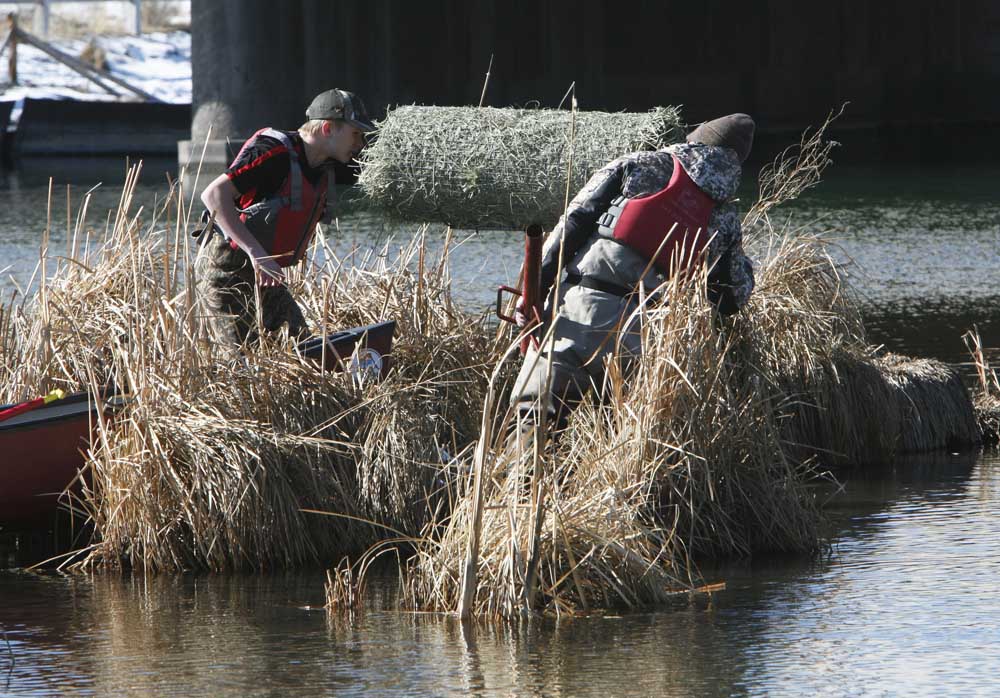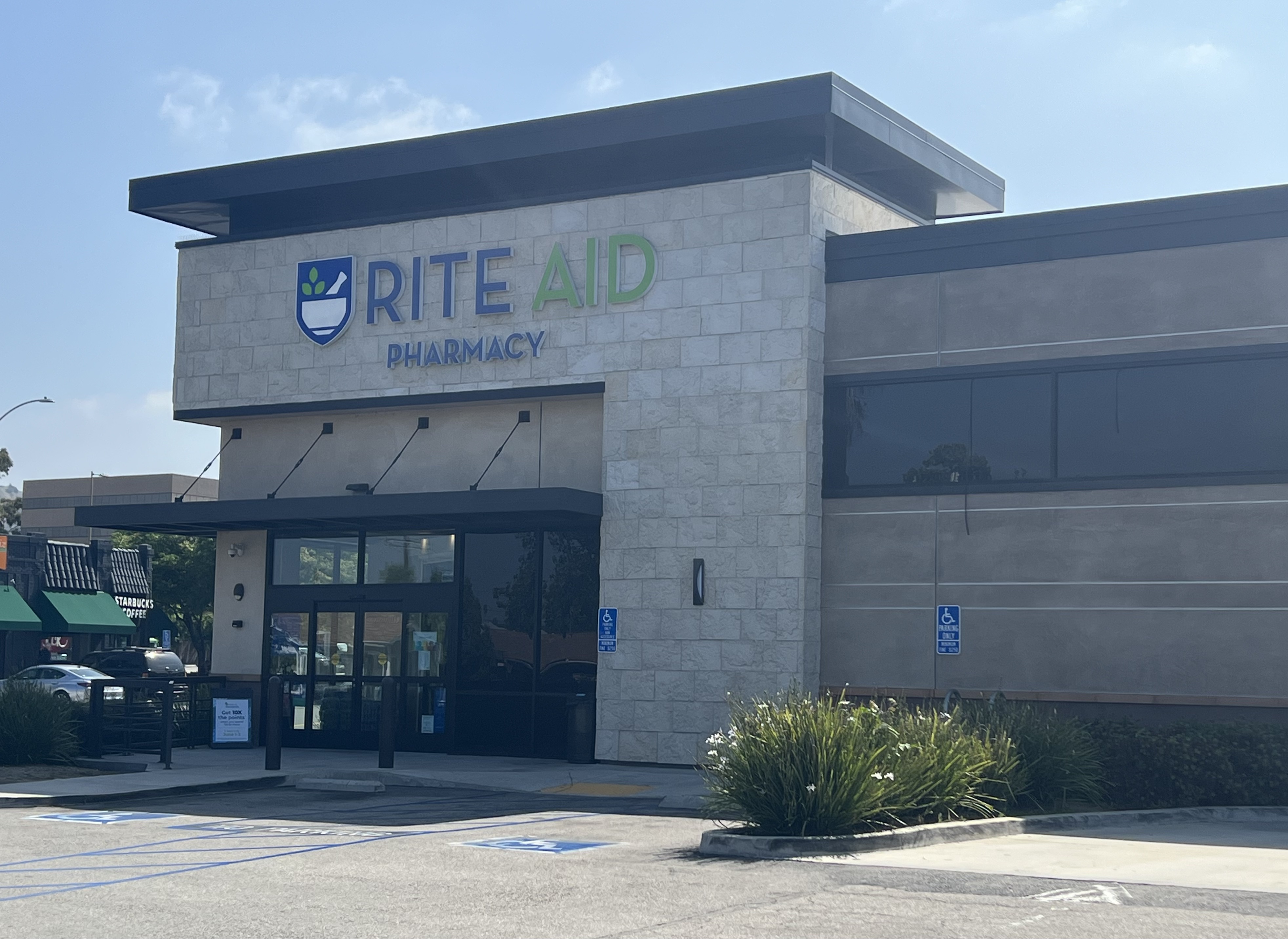Unusual tubes give duck eggs a chance to hatch
Published 12:00 am Tuesday, February 19, 2019

- ABOVE: Nick Valenti, a Mountain View High School student, and Brandon Crane, a volunteer, work on placing a duck nesting tube on a small island in the Deschutes River in Bend on Monday. The tube is designed to give wild mallard hens a safe place to lay their eggs in spring. (Dean Guernsey/Bulletin photos)
If you’re walking along the banks of the Deschutes River between the Old Mill District and the Bend Whitewater Park, you may spot a smattering of grass-lined tubes elevated several feet above the water and surrounding plants, part of a new project to help ducks lay their eggs out of the reach of predators.
Volunteers from the local chapter of Ducks Unlimited and the Mountain View High School’s chapter of Future Farmers of America, along with other students, gave up a portion of their Presidents Day to install duck nesting tubes at strategic points along the Deschutes River. Chris Dittman, of Ducks Unlimited, said the tubes could quadruple the percentage of eggs that survive predators.
“From a conservation perspective, we’re just trying to fill the sky with more waterfowl,” Dittman said.
Mallards, perhaps the most visible members of Central Oregon’s waterfowl population, begin mating around mid-February, Dittman said. However, the birds lay their eggs on the ground in marshy riparian zones near the water, which Dittman said makes them an easy target for skunks, raccoons and other animals. He estimated that 80 percent of mallard eggs on the ground fall victim to predators.
However, Dittman said using the tubes to elevate the eggs can reverse the odds entirely. The tubes are supported at least 3 feet in the air by metal pipes, which helps keep small predators at bay.
“If you can get these mallards off the ground, that predation rate drops to about 20 percent from 80 percent,” he said.
The base of the tubes is wire mesh that’s rolled into a cylinder and covered with grass, which Dittman said helps the mallards feel comfortable and keeps the eggs insulated. The burrito-like tubes are then affixed horizontally to metal pipes that are hammered into the marshy ground. Eventually, Dittman said, the ducks find and colonize them.
“They’re pretty inquisitive,” Dittman said. “There’s probably a pretty good chance one of them will fly up, check it out. And hopefully, she just finds it very comfy.”
Dittman said mallards typically lay their eggs in early April. While only one duck will nest in each tube in a given year, the organization expects other birds to use the structures throughout the year as well. Dittman said Ducks Unlimited is planning to return to the sites next year and swap out any of the tubes that need replacing.
The volunteers installed eight nesting tubes on Monday afternoon, in shallow, calm water and on man-made islands in the river where they’re less likely to be disturbed by visitors. While some were near enough to the river banks that they were accessible by strapping on waders, others required volunteers to bring the tubes on canoes and traverse the river.
Nick Valenti, a student at Mountain View High School, was one of the volunteers who helped hammer the tubes into place. He said the experience was fun — except for the 18 inches of mud he had to navigate to get the pole in place.
“It’s a lot deeper than I thought,” Valenti said.
Bend’s Ducks Unlimited chapter had been looking for a service project to bring more attention to the organization’s conservation work. Dittman said a new member had experience with Future Farmers of America, a nationwide youth organization devoted to agricultural education, and said it might be a good fit.
Additionally, he said partnering with the Old Mill District helped them put the tubes in areas along the river where they’ll be visible to passersby. He said the organization is hoping to get signs installed to let people know how the tubes work and what they’re designed to accomplish.
“We think this will actually be way more visible than some million-dollar projects to the general public,” Dittman said.
— Reporter: 541-617-7818, shamway@bendbulletin.com






